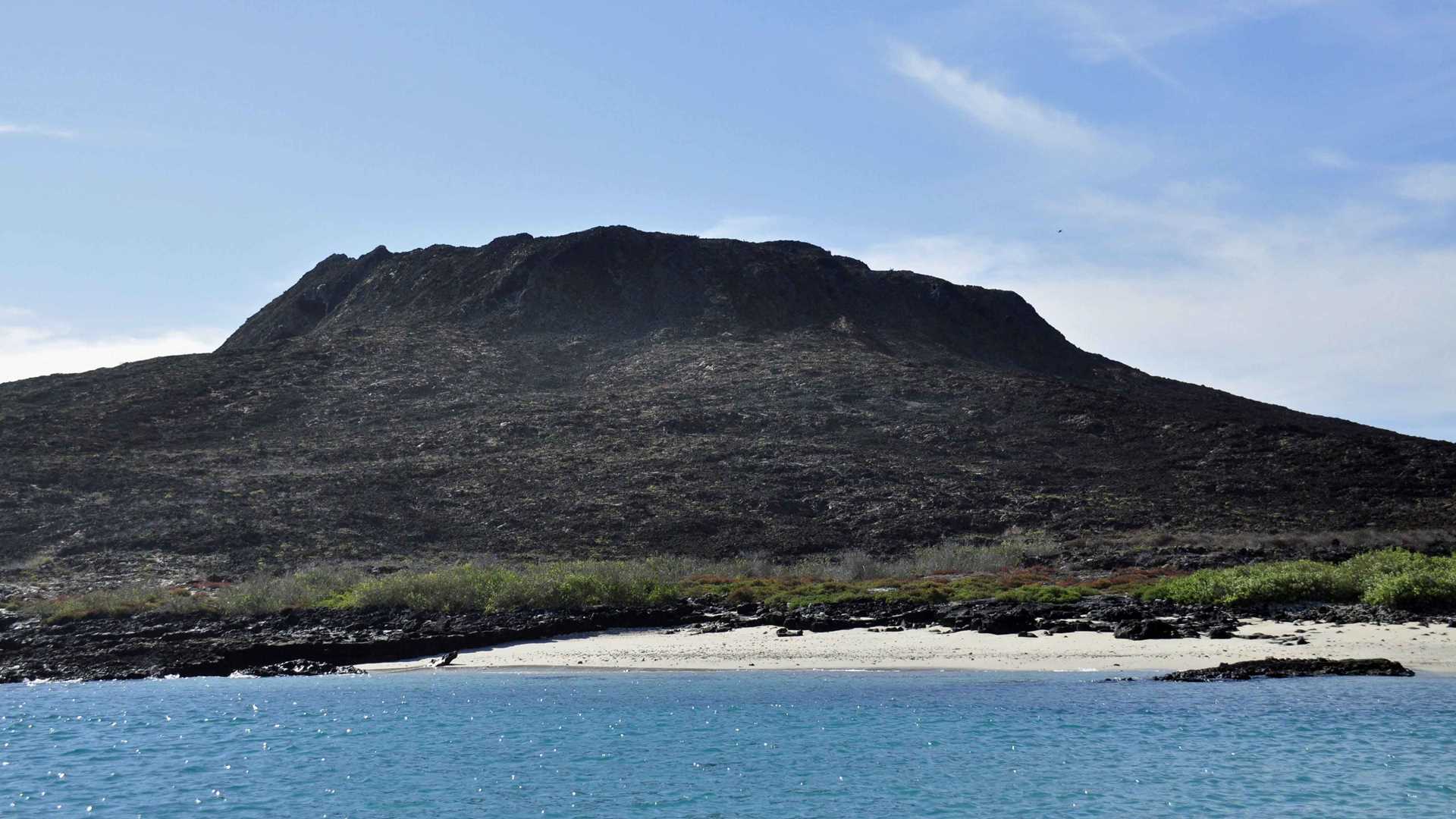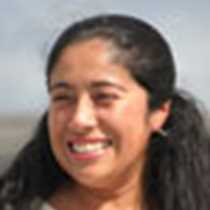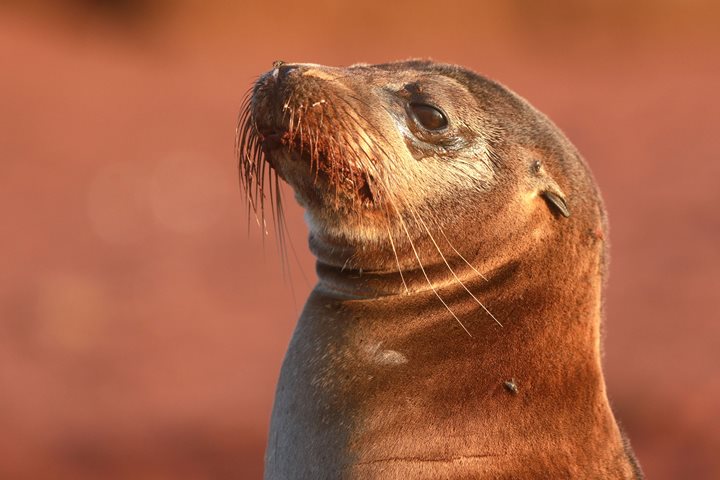This day we were visiting Sombrero Chino Islet in the morning, a spectacular place due to its geology. We had fun during our Zodiac ride along the coastal area, not only observing the amazing shape of Sombrero Chino Islet, but also Santiago Island with its dark lava flow. We were happy to see the Galapagos penguin and several of our guests enjoyed kayaking in this area. Afterwards we went snorkeling in the crystal clear water which was full of life. There was colorful fish, white tipped reef sharks and Galapagos penguins! In the afternoon the National Geographic Islander was repositioned toward Sullivan Bay where we hiked on a lava flow dated back to 1897. It was a great place to learn about the geology of the Islands, how life ends and how begins once again!
- Daily Expedition Reports
- 07 Jul 2017
Sombrero Chino Island and Santiago Island, 7/7/2017, National Geographic Islander
- Aboard the National Geographic Islander
- Galápagos
Vanessa Gallo, Naturalist
Vanessa Gallo’s grandparents arrived in the Galápagos Islands in 1936, making her the third generation of her family to live and work in this magical archipelago. She left the islands for the capital city of Quito for high school, where she discovere...
Read MoreShare Report
Related Reports
11/23/2022
Read
National Geographic Islander II
Isabela and Fernandina
Our day began with the chance to point out a lot of interesting geological features as we enjoyed Zodiac tours along a massive flank of Ecuador Volcano on Punta Vicente Roca. In the afternoon, we took a sunny walk on Punta Espinoza on Fernandina Island. We spotted many iguanas, and a bunch of sea lions hanging around, too.
11/22/2022
Read
National Geographic Islander II
North Seymour & Rabida Islands
Relatively small and low compared to neighboring Santa Cruz, North Seymour is located to the north of Baltra. The island is dry with predominantly low shrubs, like prickly pear cacti. The incense trees are bare during the dry season. Seabirds like frigatebirds and blue-footed boobies nest on the island, and sea lions rest on the sand when they are not fishing. Land and marine iguanas also live here. Rabida is in the middle of the archipelago and has a striking red sand beach. We observed a small colony of sea lions of all ages resting or nursing. Behind the beach, American flamingos nest in a brackish lagoon. This island is full of contrasts and wildlife that we enjoyed observing during this day of expedition.







